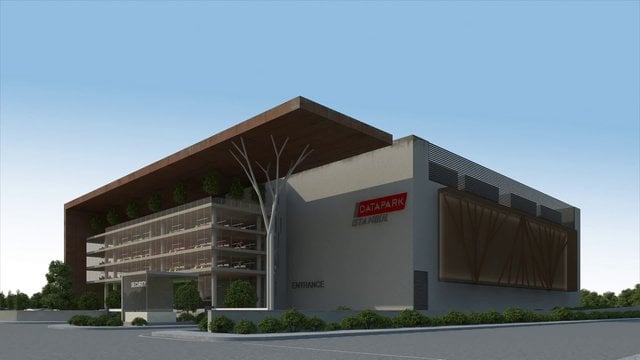
Michael Dell To Take Back his Company
February 5, 2013
Cloud Accounting Gains Acceptance In The Marketplace
February 6, 2013Retail colocation space is typically leased from a tier III or tier IV data center. The later of which is a bit of a rarity and is typically reserved for enterprise level clients. That’s all fine and dandy but the problem is not many understand the difference between the two. Our latest blog explains.

Retail colocation space is typically leased from a tier III or tier IV data center. The later of which is a bit of a rarity and is typically reserved for enterprise level clients.
That’s all fine and dandy but the problem is not many understand the difference between the two. In fact, a heated debate is currently taking place amongst industry professionals who either argue for or against the data center tiers. But first, let us define this classification system for you:
Defining Tier Certifications
First for the informal definition: on a scale of 1 to 4, tier classifications are simply a way to define the uptime of a data center. The tier system may also measure network performance as well as a facility’s ROI. For example, if you were to set up a stack of computers in your garage and run them as dedicated servers your tier classification would most likely be a tier 1. Why? Because home offices aren’t usually backed up redundantly. Meaning; a power outage will knock your servers offline.
An example of a Tier II facility could be the server room found in a typical office. There’s most likely a backup generator on site, or at least another computer on which data is also stored. Tier III facilities are your usual data centers,which have both a backup power generator and multiple uplinks. Tier IV data centers are fully fault tolerant and include not one but two backup generators, storage tanks, HVAC systems and anything else that can be dual powered. Tier IV data centers are the most resilient of data center designs. But are they really necessary?
Uptime Institute Weighs In
The Uptime Institute – a global research group focused on improving the performance and efficiency of data centers defines a Tier IV facility as being the most robust. Tier IV are fault tolerant on many different levels and can withstand planned or un-planned outages without interrupting critical IT systems. Tier IV data centers also have enough backup power to stay up and running for at least 12 hours. Most data centers aren’t equipped with such redundant technologies. Luckily, they almost never need it to function in a safe manner. Many Tier III facilities have other safeguards in place such as: specialized protocols, staff procedures along with fault tolerant power equipment. For most companies, a Tier IV facility isn’t necessary unless of course, you’re choosing to colocate your servers to a disaster prone region. In which case, a tier IV data center may be the best way to go.

